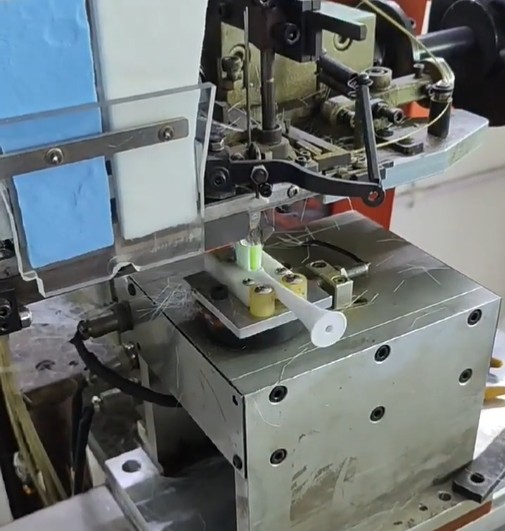Recently, reports have emerged suggesting that light burns from high-intensity whitening devices can inflame oral soft tissues and even contribute to bite misalignment as patients unconsciously alter chewing patterns to avoid discomfort. This controversy raises urgent questions for B2B manufacturers: How do device parameters, protocols, and training intersect to safeguard both cosmetic efficacy and occlusal health?
First, understand the chain reaction:
Thus, mitigating surface burns is critical to preserving natural bite patterns.
Moreover, certain design choices amplify thermal hazards:
By optimizing power density and exposure cycles, manufacturers can reduce light burns without sacrificing whitening speed.
In addition, gel chemistry interacts with light to influence burn outcomes:
Co-engineering gel composition and light parameters ensures balanced activation with minimal collateral damage.Company web:https://www.powsmart.com/product/electric-toothbrush/
Furthermore, clinical protocols can defend against bite shifts:
These measures maintain patient comfort and prevent compensatory chewing habits that lead to maladjustment.
.jpg)
.jpg)
Robust QA and monitoring close the safety loop:
Data-driven insights allow continuous refining of both hardware and protocols.
Finally, empower channels and end-users alike:
Informed partners and patients form the first line of defense against this emerging safety concern.
Conclusion
While advanced whitening devices deliver rapid cosmetic benefits, unchecked light burns can trigger bite misalignment through protective chewing adaptations. By harmonizing device engineering, gel formulation, treatment protocols, QA, and channel education, B2B manufacturers can resolve this safety controversy—ensuring brilliant smiles without compromising occlusal health. Contact us to co-develop next-gen whitening systems that balance power, safety, and bite stability!

Can Travel Electric Toothbrush’s Waterproof Failure Cause Circuit Corrosion?
Long Battery Life Electric Toothbrush – OEM & Bulk Supply for Global Distributors

The Science of Electric Toothbrush Bristle Layout: How Do Cross-pattern, Wave-pattern, and Height Difference Affect Cleaning Power?

Choosing Electric Toothbrush Handle Processes: An OEM Guide to Cost vs. Quality
Sustainable Electric Toothbrush for Businesses – Eco-Friendly Bulk & OEM Options
.jpg)
Is Bluetooth Toothbrush APP Tracking Failure Causing User Adaptation Issues?
Noise Complaints from Handle Corrosion? A Silent Threat Uncovered!

Can a Folding Toothbrush Design Make This Travel Electric Toothbrush Fit in a Wallet?
.jpg)
Gentle Oral Care Products for Sensitive Gums: A Guide for Brands Seeking the Right Manufacturer
.jpg)
The Secret of the Cross-Sectional Shape of Electric Toothbrush Bristles: The Difference Between Diamond, Round and Cone in Protecting Gums
Material Degradation Releasing Chemical Residue? Hidden Hazards in Oral Care Devices

Affordable Electric Toothbrush Recommendations for Students: A Guide for Oral Care Brands
Hollow Motors Cause Compatibility Issues? Industry Secrets Exposed!
.jpg)
Bluetooth-Enabled Electric Toothbrushes: Customization & Bulk Order Guide
.jpg)
Travel-Friendly Water Flosser: From Foldable Nozzles to Globally Voltage-Compatible Solutions
Are Erratic Brushing Mode confusion and Timers Failing Simultaneously?

Customization Teeth Whitening Gel
.jpg)
Florida Electric Toothbrush – Powsmart PTR-C8

electric toothbrush heads Ultra Soft

electric toothbrush heads Regular Clean

electric toothbrush heads Charcoal Infuse-Round

Private Label Whitening Gel

electric toothbrush heads Deep Clean

Electric toothbrush heads Charcoal Infused-Diamond
whstapp
whstapp
National Toll-Free Service Hotline
+86 755 86238638